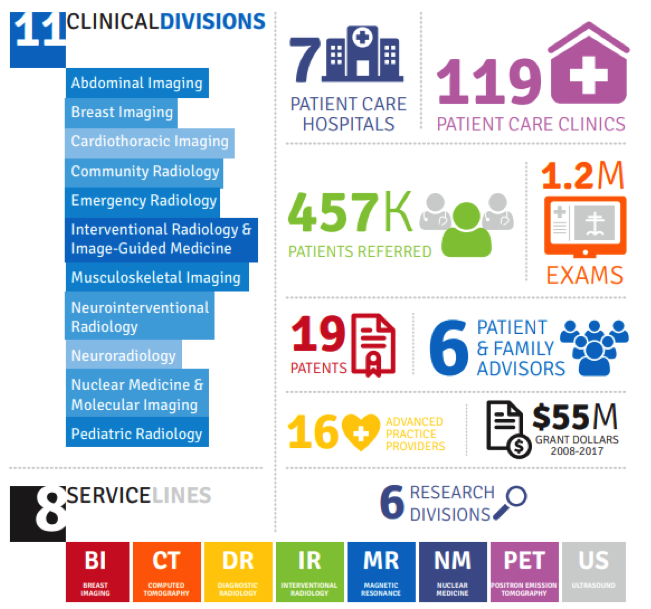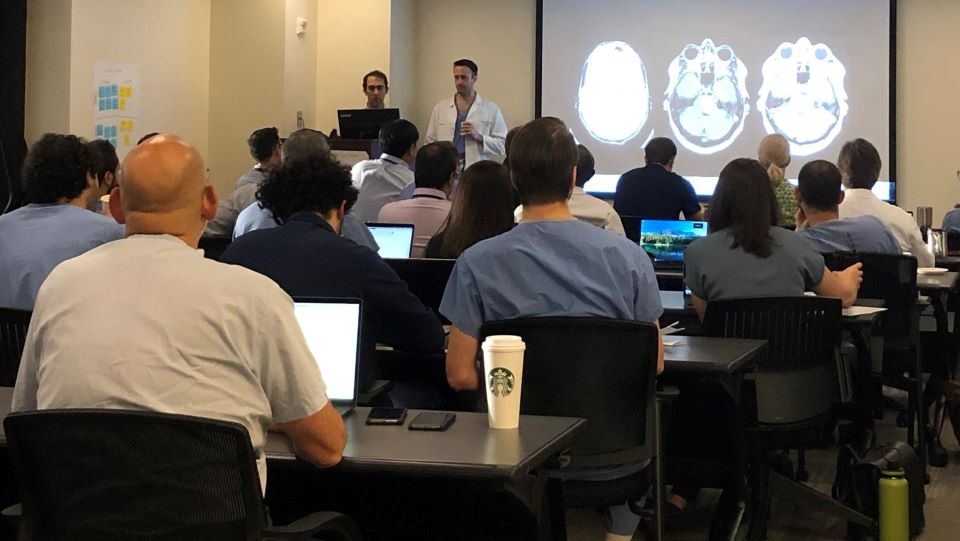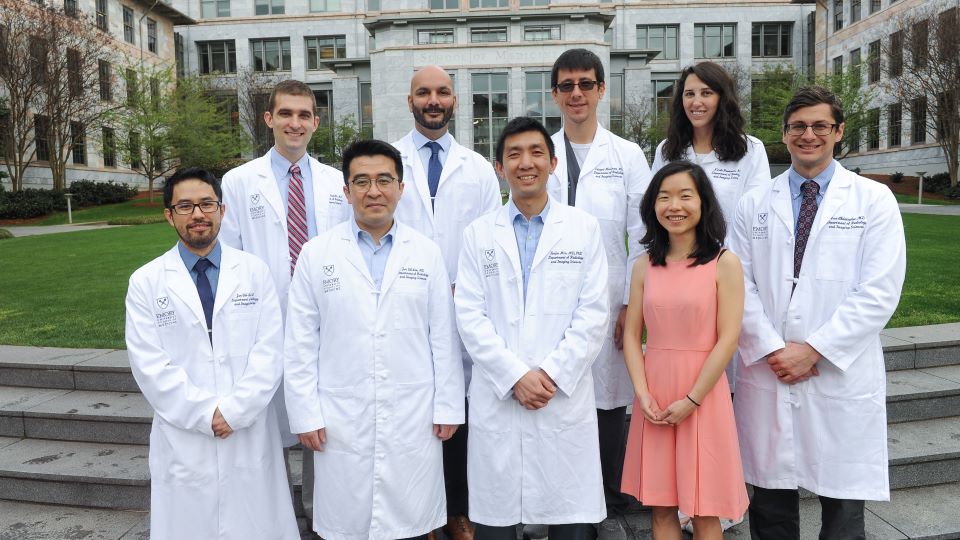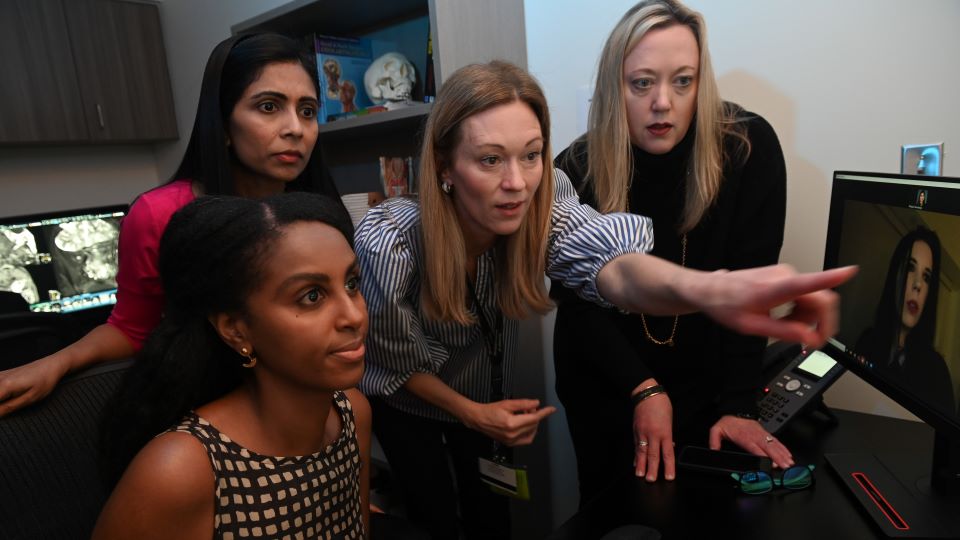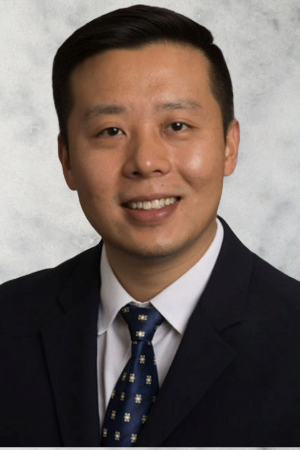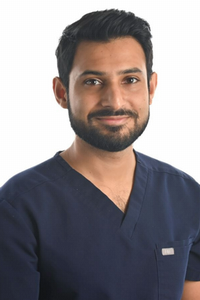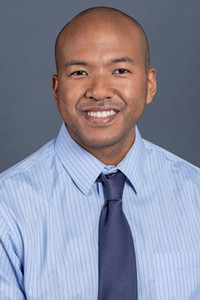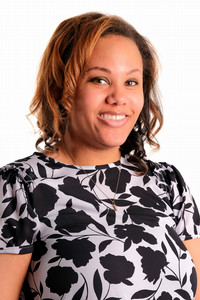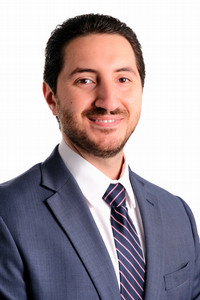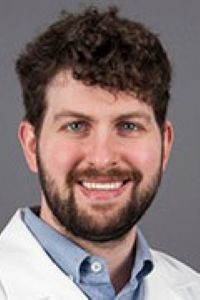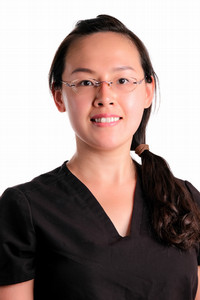Welcome
Our ACGME-accredited program is one of the largest and most respected in the country. Discover how training with our renowned faculty can be the next right move for you.
The Neuroradiology Fellowship Program
The Emory Neuroradiology Fellowship program, one of the largest in the country, emphasizes excellence in training with cutting edge technology, innovative experience in our embedded clinic model, and a high volume of diverse pathology. Our program trains nine ACGME-accredited diagnostic neuroradiology fellows per year, with the option of a second year of subspecialized fellowship training. A series of well-designed rotations provides tremendous hands-on experience in all aspects of diagnostic neuroradiology including advanced MRI applications, head and neck imaging, pediatric neuroradiology, spine imaging, neuroangiography, and image-guided procedures.
Our multiple hospitals and embedded reading rooms within various clinics (Otolaryngology, Neurosurgery, and Neurology) allow fellows to gain unique exposure to referring clinicians, clinical context and patient management. Click the link for a detailed review of the fellowship curriculum.
Our fellowship benefits from Emory University School of Medicine’s substantial physical resources, collaborative and collegial work environment, high-quality teaching programs, ethos of innovation and discovery, and a shared commitment to excellence. Previous fellows universally describe the year as educational, exciting, and enjoyable. Above all else, Emory Neuroradiology is a family.
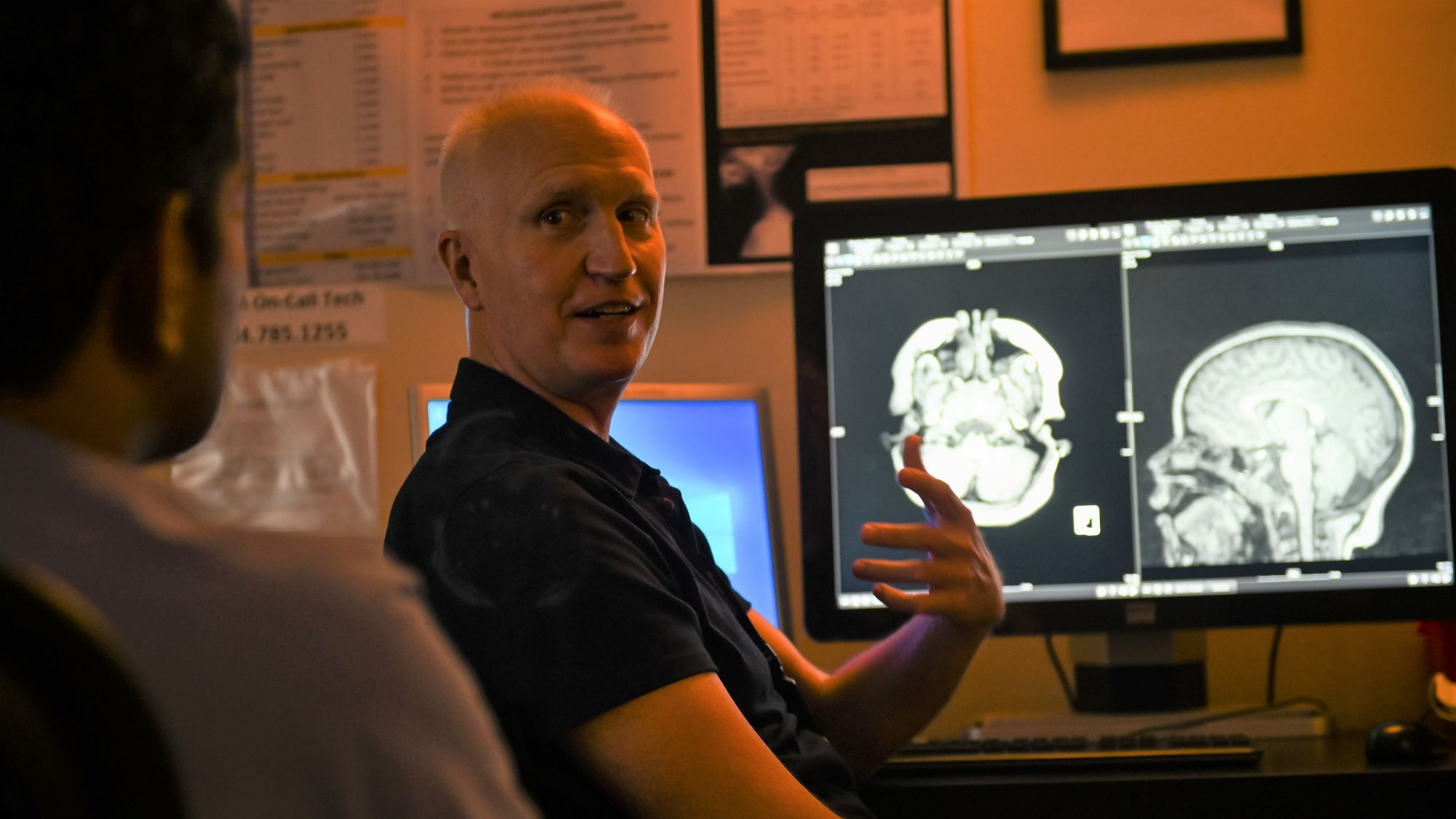
Faculty Excellence
Our fellowship’s greatest asset is its diverse team of outstanding faculty, each with a unique area of expertise. Faculty members are energetic, knowledgeable, and experienced. Faculty members themselves have trained at top-notch programs across the country, including here at Emory.
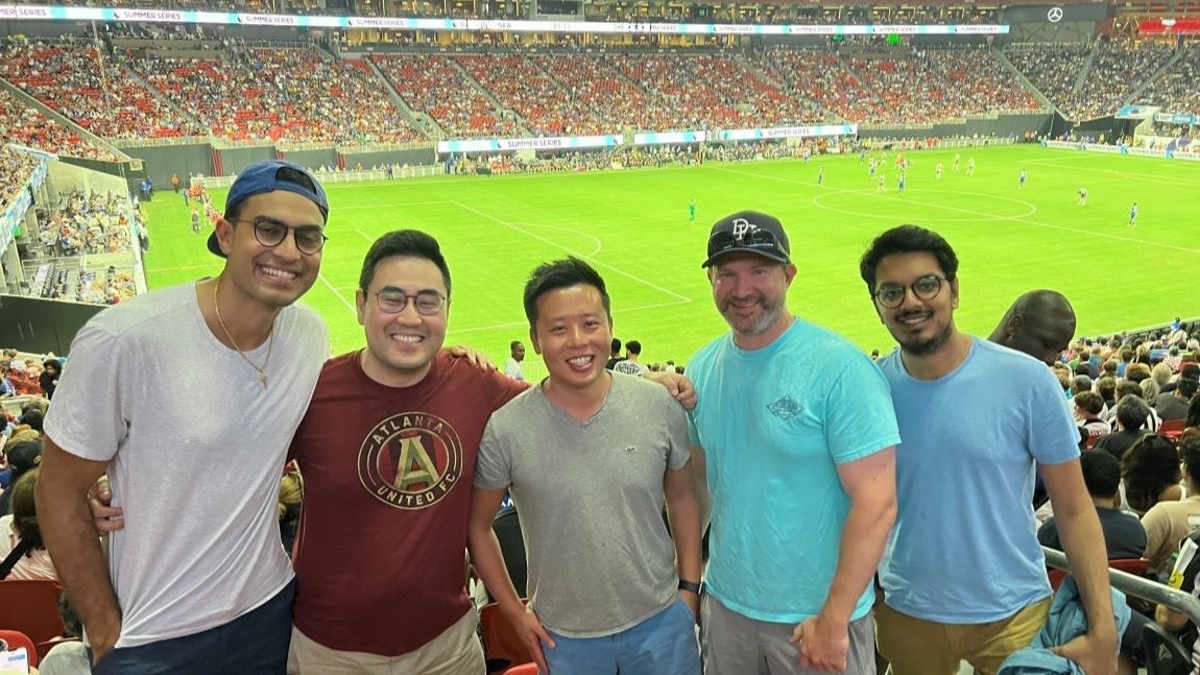
Wellness and Work-Life Balance
In addition to providing clinical training at the highest level, our fellowship also focuses on our people, wellness, diversity and inclusion. This family-friendly division supports trainees inside and outside of work, facilitating flexibility whenever needed. The following are some of the ways we promote work-life balance:
- Flexible vacation policy
- pre- and post-weekend-call compensation days
- Cutoff times for reading outpatient studies to get trainees out of the reading room on time
- Parental leave and medical leave as per ACGME
- Welcome reception, graduation party, and other social events
- Avenues for anonymous feedback to program director
Program Leadership
Our Fellows
Neuroradiology and Emory
The Emory Neuroradiology division comprises nationally and internationally recognized experts representing all the neuroradiology subspecialties, with faculty focusing their clinical and research efforts on CNS tumors, stroke and other vascular disorders, spine disease, head and neck disease, trauma, epilepsy, neurodegenerative diseases, and more. Our Interventional Neuroradiology service treats a wide-range of disorders including acute strokes, vascular malformations, and aneurysms. We also are fortunate to have a group of dedicated pediatric neuroradiologists. Emory Neuroradiology, one of the largest sections in the United States, boasts numerous leaders in the field who have served in top leadership positions of ASNR, SCARD, ARRS, and AUR. Many of our division faculty have research funding from institutional, foundation, industry, and NIH grants.
We provide neuroradiology services for the 579-bed tertiary care Emory University Hospital, the 531-bed tertiary care Emory University Hospital Midtown, the 120-bed specialty Emory University Orthopedics and Spine Hospital, the 953-bed Level I Trauma Center and Stroke Center at Grady Memorial Hospital, and Children's Healthcare of Atlanta facilities including the brand new, state-of-the-art 446-bed Arthur M. Blank Hospital anticipated to open in 2024.
We also provide services for many outpatient clinics including the Emory Brain Health Center, an outpatient neuroscience center that houses neurology, rehabilitation, and psychiatry clinics. We enjoy a long-standing culture of collaboration with imaging scientists in our department as well as referring clinicians in neurology, neurosurgery, otolaryngology, ophthalmology, radiation oncology and hematology-oncology.
Emory Healthcare is the largest academic health care center in Georgia and the only integrated academic health care system in the region leveraging the power of research to advance the quality of patient care. As one of the largest departments in the country, Emory Radiology is at the forefront of training the newest generation of imaging clinicians and researchers.
Clinical imaging equipment includes state-of-the-art ultrasound, multi-detector and spectral CT, MRI (1.5-T and 3.0-T), PET-CT and PET-MRI, fluoroscopy, and interventional suites.
